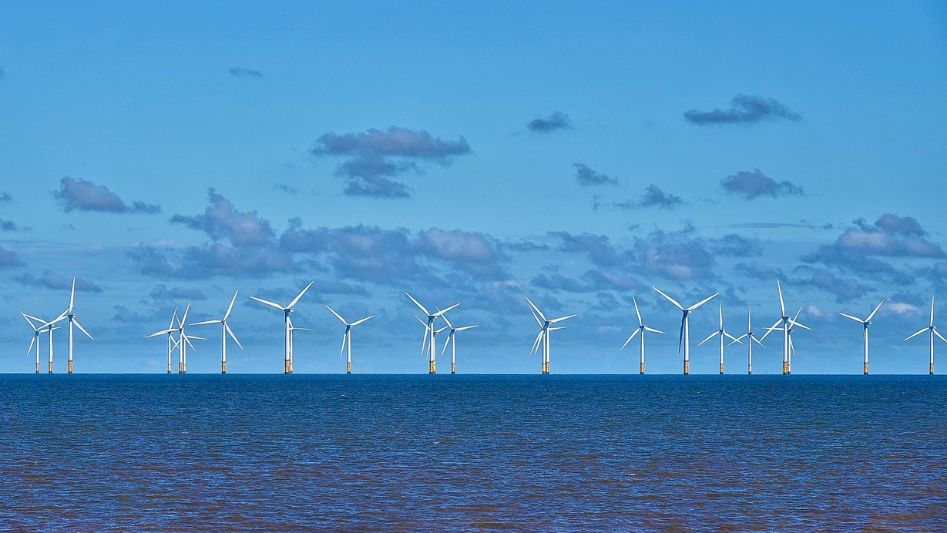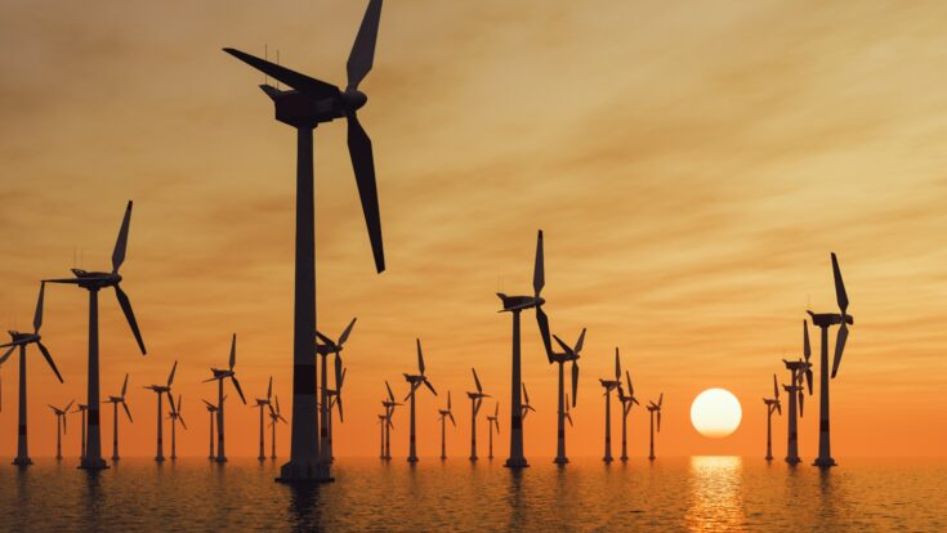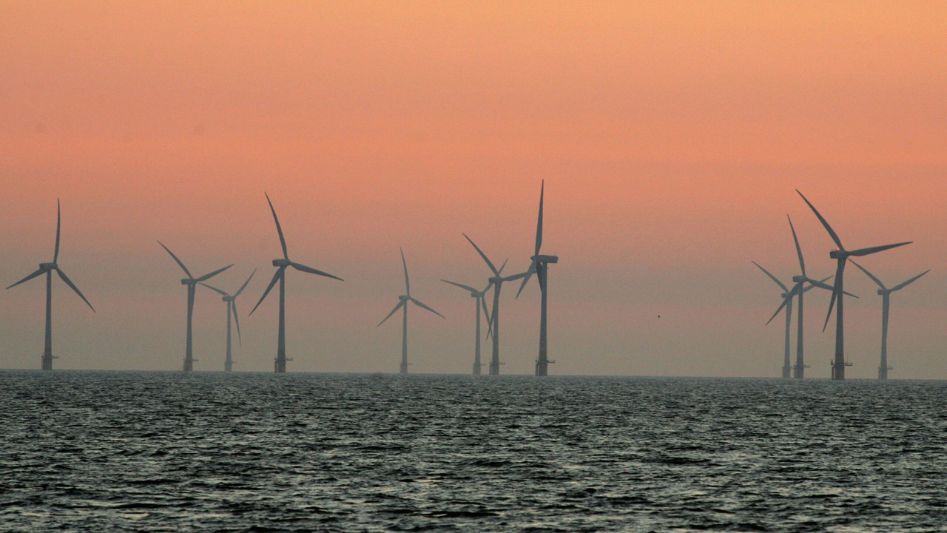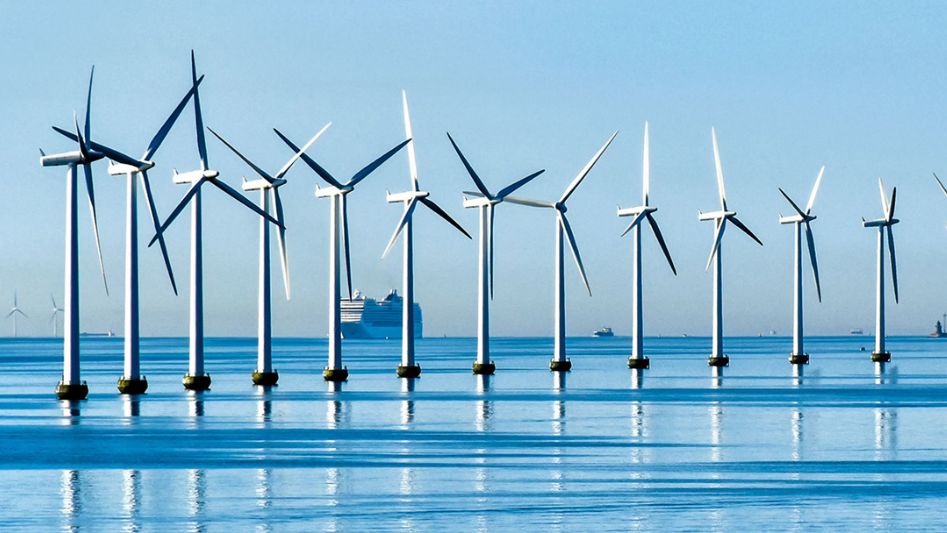In the face of the growing climate crisis, the world is increasingly turning to renewable energy sources to reduce greenhouse gas emissions and combat global warming. Among these sources, offshore wind farms have emerged as a crucial player in the transition to a sustainable and low-carbon future. This article explores the significant role that offshore wind farms play in climate action, highlighting their environmental benefits, economic advantages, and future potential.
Table Of Content
We invite you to read: “Offshore Wind Farms: Powering Coastal Communities with Clean Energy”

Harnessing the Power of the Wind
Offshore wind farms are strategically located in bodies of water, where the wind is generally stronger and more consistent than onshore locations. This advantage allows offshore turbines to generate electricity more reliably and efficiently. As the wind turns the turbines’ blades, mechanical energy is converted into electricity, providing a clean and renewable source of power.
Reducing Greenhouse Gas Emissions
One of the primary reasons offshore wind farms are vital for climate action is their ability to reduce greenhouse gas emissions. By replacing fossil fuels with wind-generated electricity, these farms contribute significantly to decarbonizing the energy sector. The reduction in carbon dioxide (CO2) emissions from offshore wind power plants is a substantial step toward meeting climate goals and mitigating climate change.
Relieving Pressure on Terrestrial Ecosystems
Unlike some renewable energy sources that require vast land areas, offshore wind farms utilize open water spaces, reducing the strain on terrestrial ecosystems. This minimizes habitat disruption and land use conflicts, preserving valuable natural areas for biodiversity and conservation efforts.
Energy Security and Reliability
Offshore wind farms enhance energy security by diversifying the energy mix. They provide a stable and predictable source of electricity, which can help mitigate the impact of energy price fluctuations and supply disruptions. This reliability is crucial for maintaining a resilient energy grid.
We invite you to read: “Wind Farms and Biodiversity: Striking a Balance for Nature”

Job Creation and Economic Benefits
Investing in offshore wind farms can stimulate economic growth by creating jobs and driving innovation. The construction, operation, and maintenance of these facilities require a skilled workforce, offering employment opportunities in coastal regions. Additionally, the growth of the offshore wind industry fosters research and development in renewable energy technology, further benefiting the economy.
Energy Independence
Offshore wind farms contribute to energy independence by reducing reliance on imported fossil fuels. This not only strengthens a country’s energy security but also reduces vulnerability to global energy price fluctuations and geopolitical tensions.
Potential for Scalability
The capacity for offshore wind farms to scale up is virtually limitless. As technology advances and governments continue to invest in this sector, offshore wind farms have the potential to meet a significant portion of global energy demand. Their scalability makes them a critical player in the transition to a sustainable energy future.
Challenges and Mitigations
While offshore wind farms offer numerous benefits, they also present challenges, such as construction costs, environmental impacts, and grid integration. However, ongoing research and development are addressing these challenges, and innovative solutions are emerging to mitigate their negative effects.
We invite you to read: “Sailing Towards Sustainability: The Rise of Offshore Wind Farms”

Conclusion
Offshore wind farms have a pivotal role to play in climate action. They offer a clean and renewable source of energy, reduce greenhouse gas emissions, and provide economic and energy security benefits. As nations worldwide commit to reducing their carbon footprint, offshore wind farms represent a critical piece of the puzzle in achieving a sustainable and low-carbon future. By harnessing the power of the wind offshore, we can make substantial progress toward combating climate change and preserving our planet for future generations.
FAQs
How do offshore wind farms help combat climate change?
Offshore wind farms reduce greenhouse gas emissions by providing a clean and renewable source of electricity, replacing fossil fuels in the energy mix.
What are the economic benefits of offshore wind farms?
Offshore wind farms create jobs, stimulate economic growth, and promote innovation in renewable energy technology.
Are offshore wind farms environmentally friendly?
Yes, offshore wind farms have a lower environmental impact compared to some other energy sources, as they minimize habitat disruption on land.
What challenges do offshore wind farms face?
Challenges include construction costs, environmental concerns, and grid integration, but ongoing research is addressing these issues.
You May Also Like
- Protecting Wildlife: Dutch Set Global Precedence with Offshore Wind Farms Shutdown for Migratory Birds
- Offshore Wind Farms: Mitigating the Challenges of Onshore Wind Energy
- Offshore Wind Farms: The Advantages and Challenges
- The Best Floating Multi-Turbine Technology for Wind Farms
- What if Wind Farms Could Power the World?

